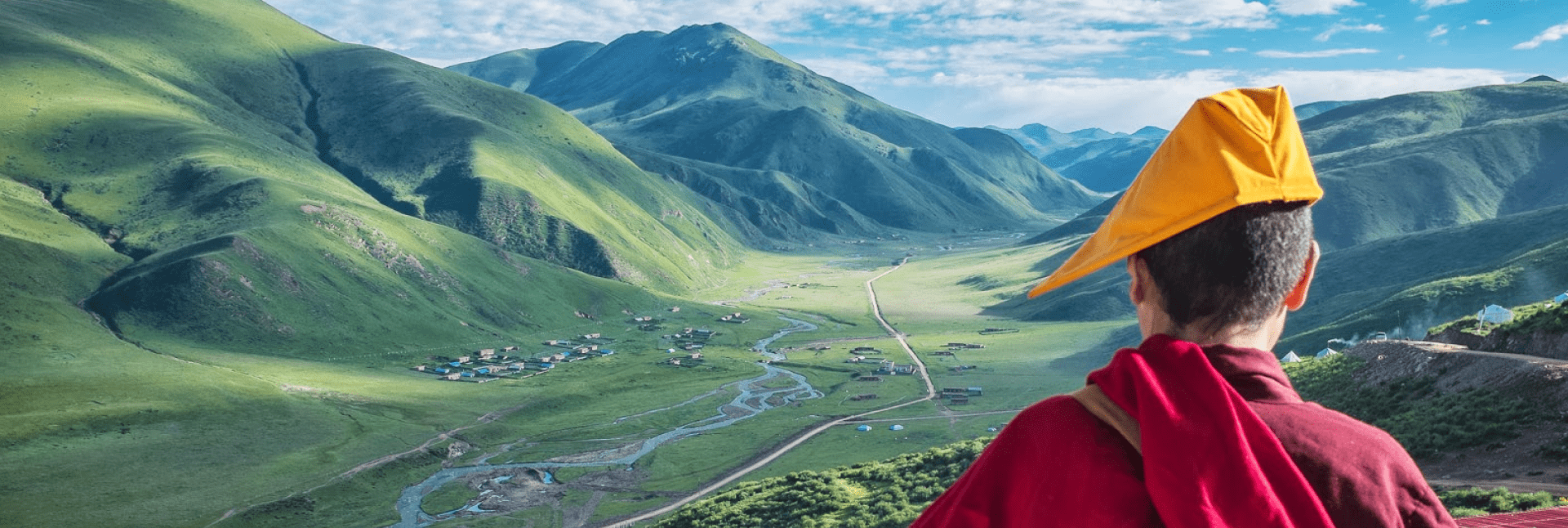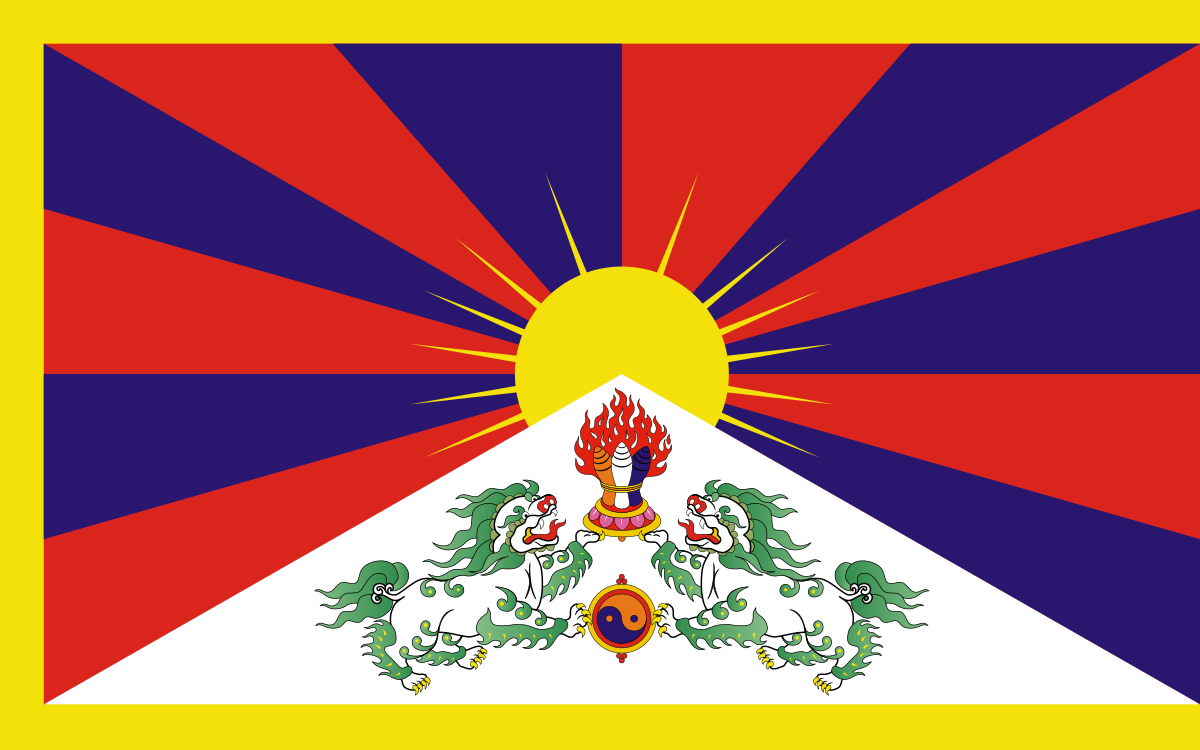
Tibetan flag
China has made possessing the Tibetan flag illegal. It is censored from media inside China. Meanwhile, Tibetans face arrest for owning, waving or flying their flag, or even having an image of it on their phone.

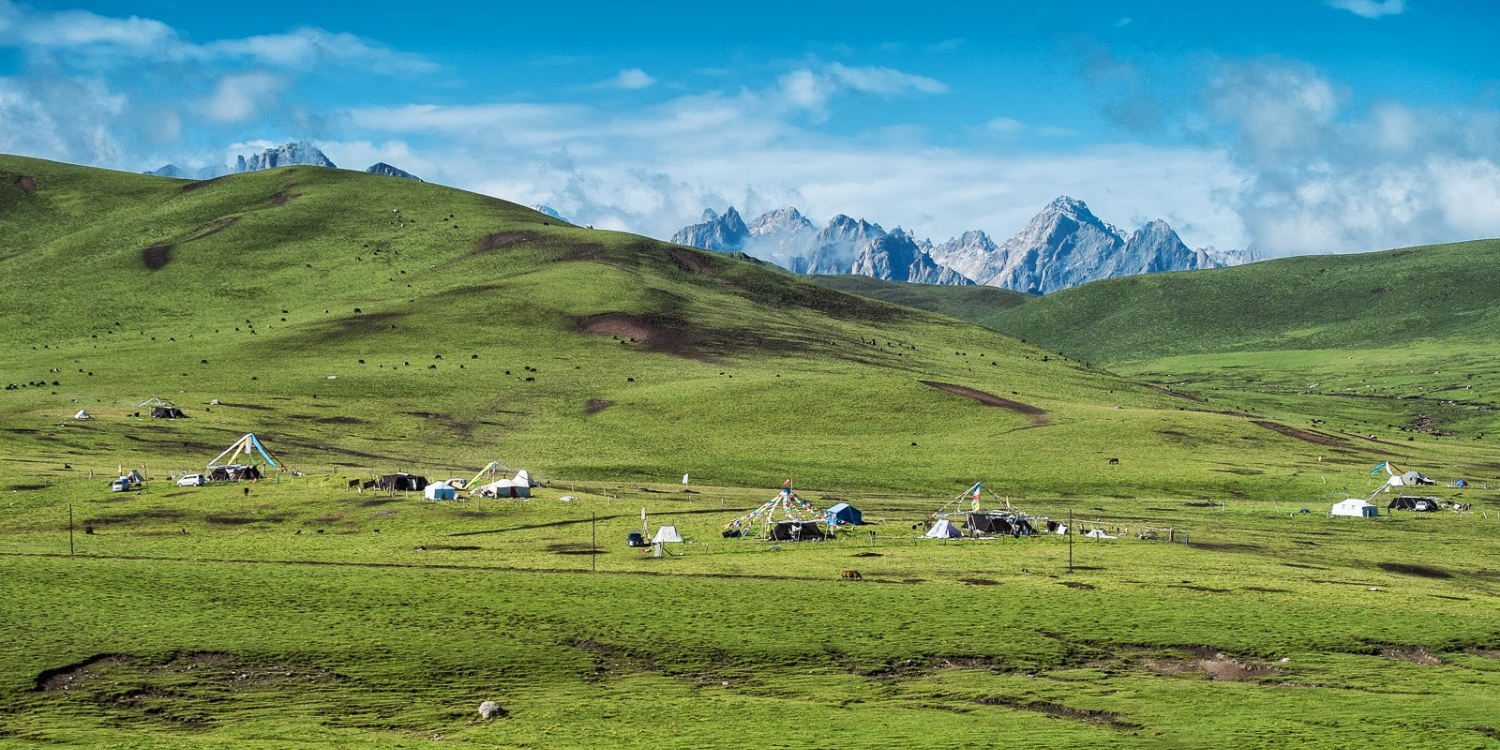
China is trying to destroy the traditional way of life for Tibetan nomads.
Nomads are being forced out of their ancestral lands, which they have farmed for centuries, and relocated to urban settlements. Their entire way of life is uprooted, and they receive little support from the Chinese government.
As their way of life is ripped from their hands, Tibetan nomads face poverty, unemployment, and social exclusion.
The environmental impacts of the expulsion of Tibetan nomads is catastrophic, as lands that were once carefully tended to instead become sites for resource extraction.
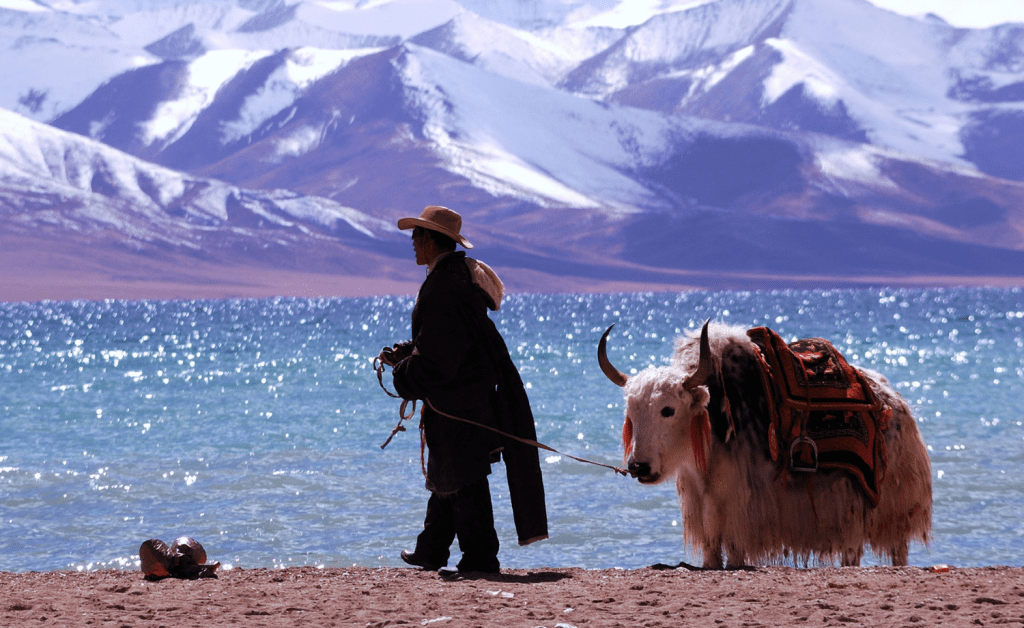
Tibetan nomad leading his yak along a lake
For centuries, nomads have acted as caretakers of the vast Tibetan grasslands. Raising yaks and other livestock, they respect the sanctity of their lands, taking care to move where is needed to ensure sustainable farming. Their output is used to feed and clothe their families and communities.
However, since the early 1990s, the Chinese Communist Party (CCP) has sought to undermine this way of life.
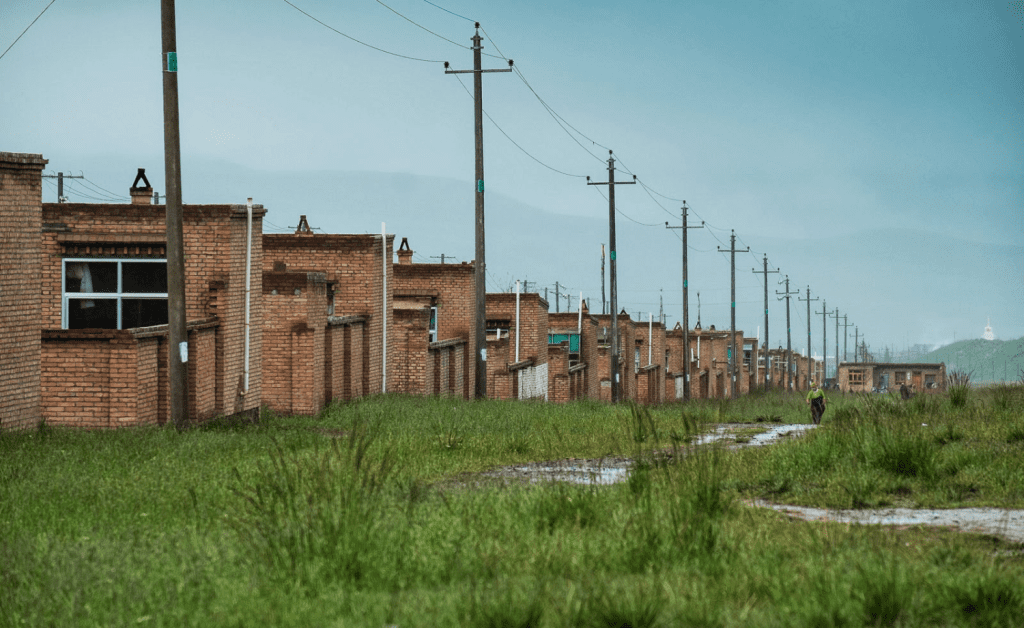
Government-built relocation village for Tibetan nomads
The Chinese government has forced over two million Tibetan nomads from their lands, sending them to live in appalling barrack-like conditions in urban settlements. Torn away from their livelihoods, they have no means to make money, and are left to face poverty, unemployment, and social exclusion.
The policy of nomadic relocation, called ‘tuimu huancao’, is justified by the Chinese government as a means to protect Tibet’s fragile grassland ecosystems. However, nobody knows better how to achieve this protection than those who have sustained the grasslands for generations, the nomads themselves.
Once the nomads are removed from their lands, the areas become open to exploitation by Chinese companies. Tibet is rich in natural resources, including gold, copper, and water, and many of the lands once looked over by nomads are now the sites of mining and damming operations.
Tibetans frequently protest these mining and damming operations, out of concern for the environment and those living nearby. However, the state often responds to such protests with violent action, leading to many injuries and unjust arrests.
These selfsame violent tactics are used to strongarm nomads into giving up their lands. Many nomads have not received a formal education and are unable to give informed consent. The state convinces them through deception, threats, and bribery, to hand over their land rights.
Tibetans who voice their concerns about any Chinese policies through peaceful protest can be arrested, imprisoned and even killed by security forces – just like Norpa Yonten, a 49-year-old herder who was killed during a mass shooting in January 2012.
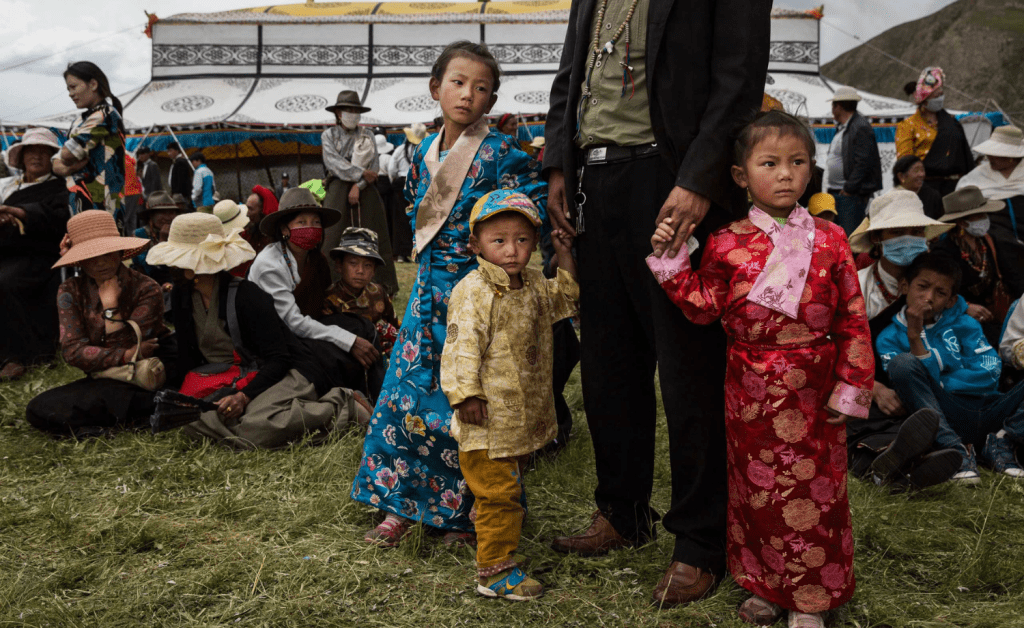
Tibetan nomads. (Photo: Kevin Frayer)
After being forced to move into urban settlements, families can be made to pay three-quarters or more of the cost towards their new, poor quality, accommodation. This act pushes many families into debt from which they cannot recover, leaving them unable to put food on the table.
Having been livestock farmers their entire lives, many of these nomads struggle to find work in an urban environment, lacking the essential skills needed to thrive there. In the competitive urban job market, they are made to compete with Chinese-literate Tibetans and Han-Chinese immigrants to find employment. As such, many never make it onto the job ladder.
Economically marginalised by urban living, Tibetan nomads are often treated with suspicion. As social outcasts, they are blamed for thievery and other social issues, as such they are heavily policed and unjustly treated.
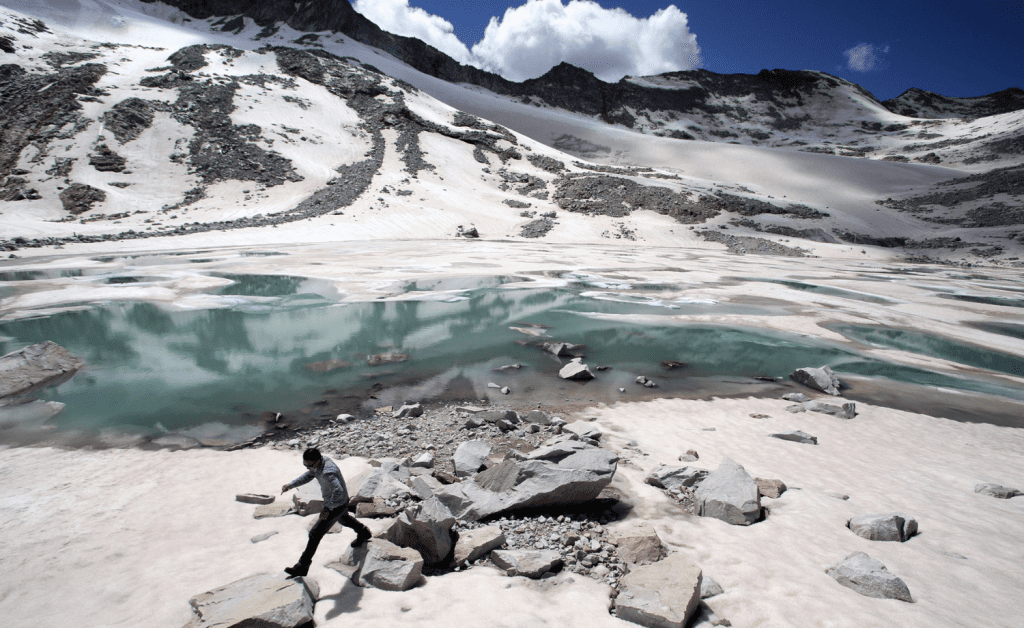
A glacier on the Tibetan Plateau
Tibet is facing a climate crisis. Experts say around 15% of glacial ice in the Tibetan plateau has melted since 1970, and glacier loss is due to increase rapidly if nothing is done to reverse the effects of climate change. In expelling Tibet’s nomads from their lands to make way for resource extraction, the CCP is only making the issue worse, putting Tibet, and Asia as a whole, at risk.
Free Tibet raised these issues with the United Nations’ Special Rapporteur for Food in 2010. After visiting the country, he agreed with Free Tibet’s findings, which stated that the “serious policy failure” had left nomads “landless, without means of subsistence, [and] untrained in modern skills essential for entry into the modern workforce.”
He also observed that “while climate change is most probably the main driver of environmental changes […], mining is another driver of land degradation in some areas”.

China has made possessing the Tibetan flag illegal. It is censored from media inside China. Meanwhile, Tibetans face arrest for owning, waving or flying their flag, or even having an image of it on their phone.
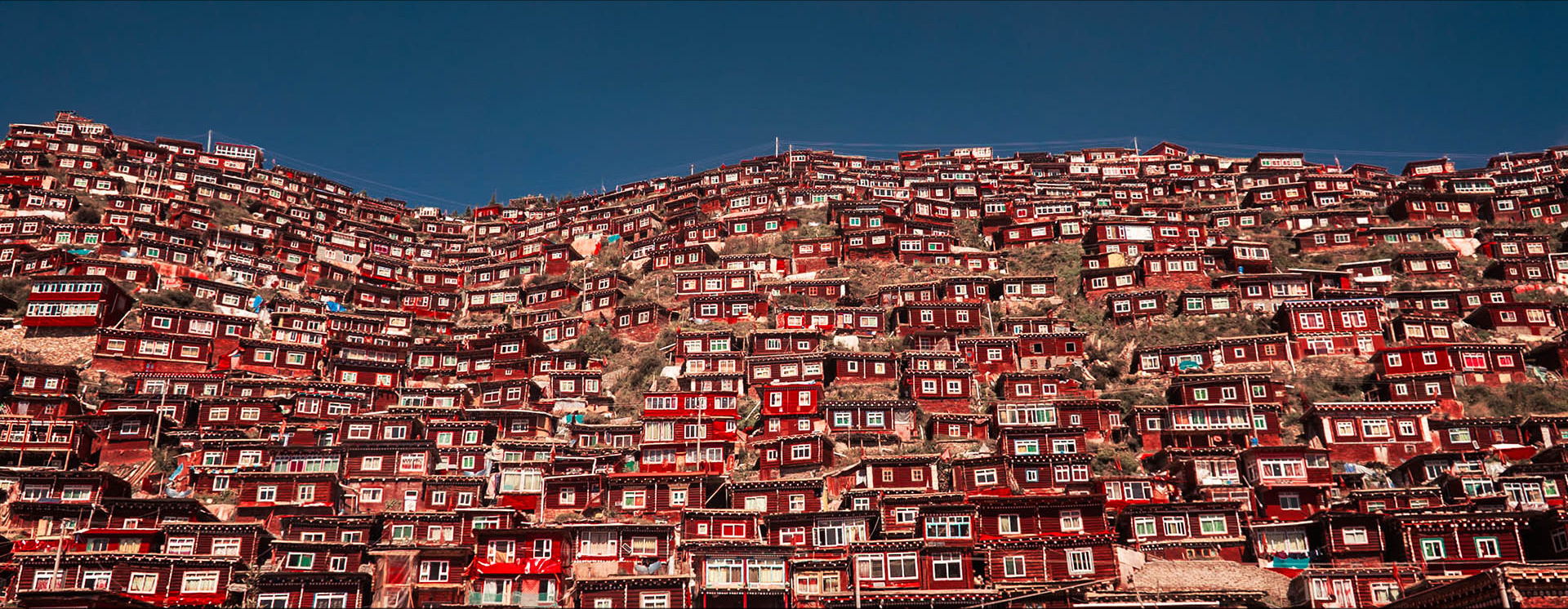
Spread among the hills in Serta County in Kardze, eastern Tibet, Larung Gar Buddhist Institute is the largest and one of the most significant sites in Tibetan Buddhism.
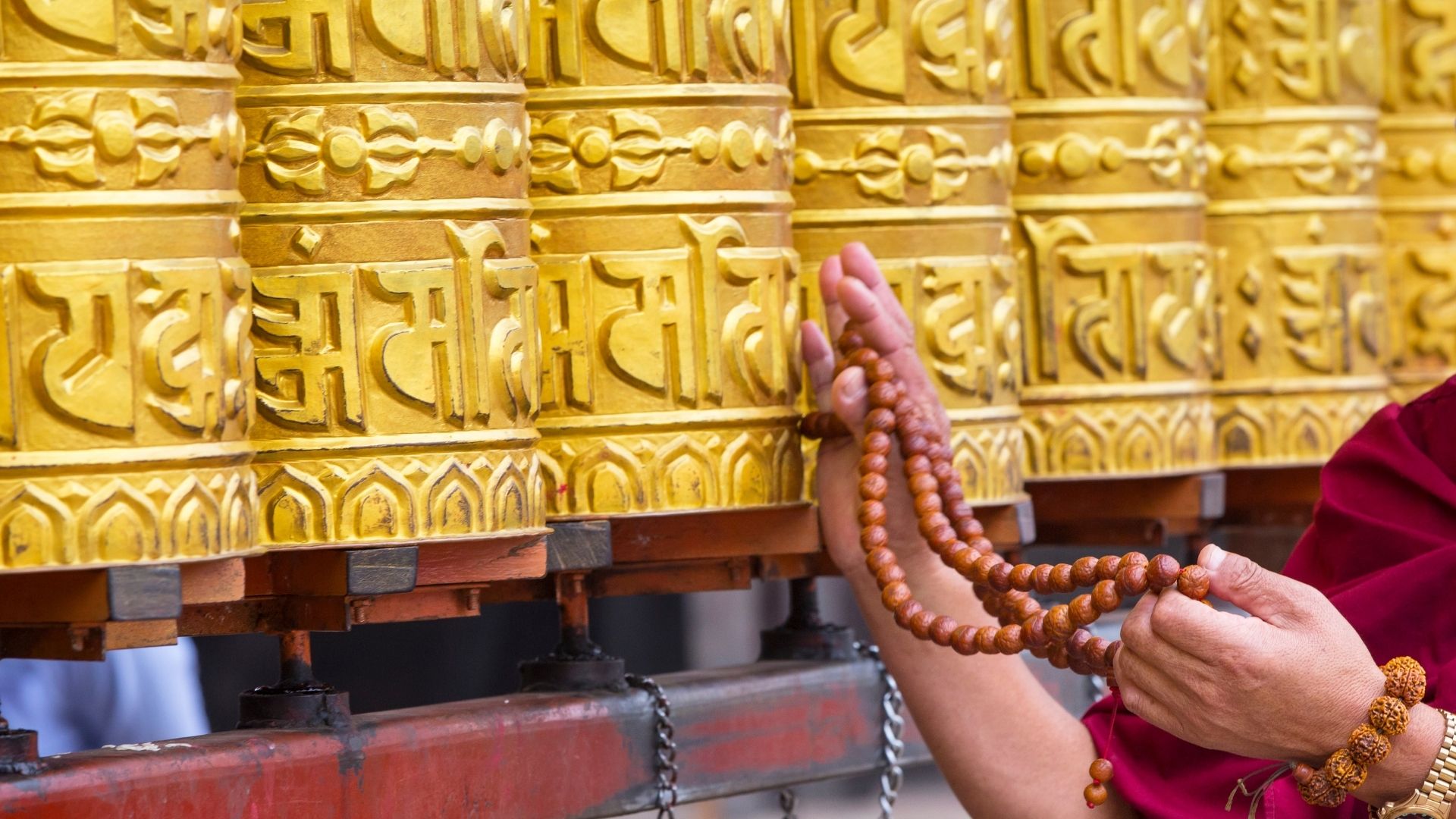
The Chinese government sees Tibetan Buddhism as a threat and is trying to weaken Tibetans’ connection to it in order to weaken their Tibetan identity and strengthen Chinese control over Tibet.
